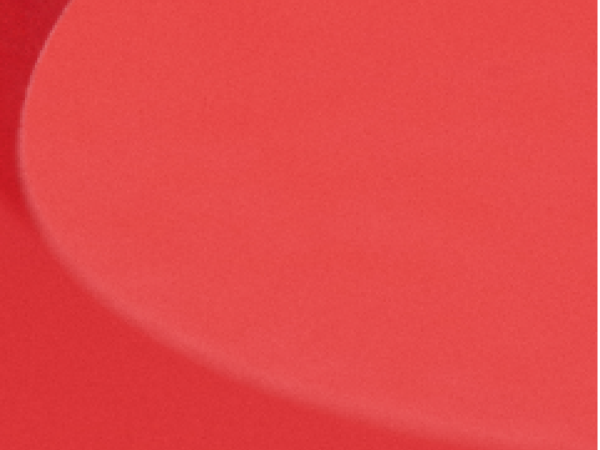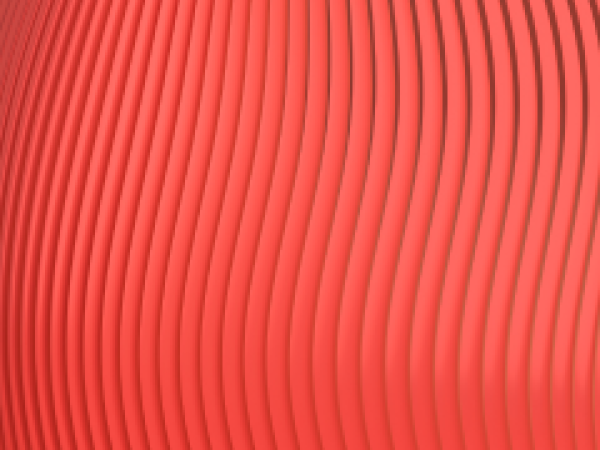movingimage is Europe’s leading software-as-a-service provider for live and on-demand enterprise videos. Some of Europe’s largest companies—Volkswagen, Douglas, and Commerzbank—rely on the platform to manage video content centrally and stream it in the best quality to any end device. The company recently migrated its platform from an on-premise environment to Kubernetes containers running on Microsoft Azure, with an open source stack for its monitoring needs.
Rapid growth needs stability and reliability
In 2020, companies began turning to video for everything from shareholder meetings to employee training; movingimage grew by 300% during this period. This massive growth required the company to scale up its systems. When movingimage’s open source monitoring stack detected an issue, engineers had to review application logs manually. The company had some open source tools in place for infrastructure monitoring, but wanted to move to a tool that provided application-level telemetry.
Data to improve DevOps processes and the product roadmap
Now, movingimage has visibility down to the code level with application metrics. They can make data-driven decisions, respond to incidents immediately, and pinpoint and resolve problems before they impact customers. “Our engineers see the value of observability with New Relic. They can identify and fix issues such as long-running functions that impact performance and prevent them from reoccurring,” says Frank Dornberger, DevSecOps team lead.
Issue detection
Alerts help movingimage catch problems and proactively address issues before they become critical. “The outcomes we’ve seen with New Relic have been great,” says Ryan Scoville, chief technology officer at movingimage. “For example, New Relic helped us detect possible issues much faster since we began using it.” Frank also introduced weekly incident reviews that help teams discuss the data and how to quickly resolve issues to make services more stable and robust.
With New Relic, we have visibility down to the code level, with application metrics that help us be data-driven, respond to incidents immediately, and identify and resolve issues before they impact customers.
Frank Dornberger, DevSecOps team lead at movingimage, shares why he put New Relic in place alongside the open source stack.
Culture of ownership and responsibility
Development teams are now responsible for monitoring their applications and alerts. This ownership model fosters end-to-end responsibility at the team level, from developing the code to keeping it performing well in production. It also encourages further innovation, with engineers creating repeatable processes to automate the deployment pipeline with templates for instrumenting the new code they’ve developed.
Rightsizing containers cuts k8s costs by 50%
Frank created a new dashboard that showed consumption metrics for three movingimage environments—production, quality assurance (QA), and development—including approximately 150 containers per environment. Teams use this data to rightsize each container environment, cutting the number of nodes—and compute costs—in half without impacting performance or the customer experience. Custom dashboards help movingimage analyze and visualize telemetry data to improve decision making.
Our engineers see the value of observability with New Relic. They can identify and fix issues such as long-running functions that impact performance and prevent them from reoccurring.
Building observability into every product
Going forward, movingimage is incorporating observability into every product across the development lifecycle. “By building New Relic into our processes from the beginning, teams can use the insights to tweak performance during development and save developer time after a product is in production,” says Frank.
Read the blog to find our more about how movingimage rightsizes Kubernetes containers.



